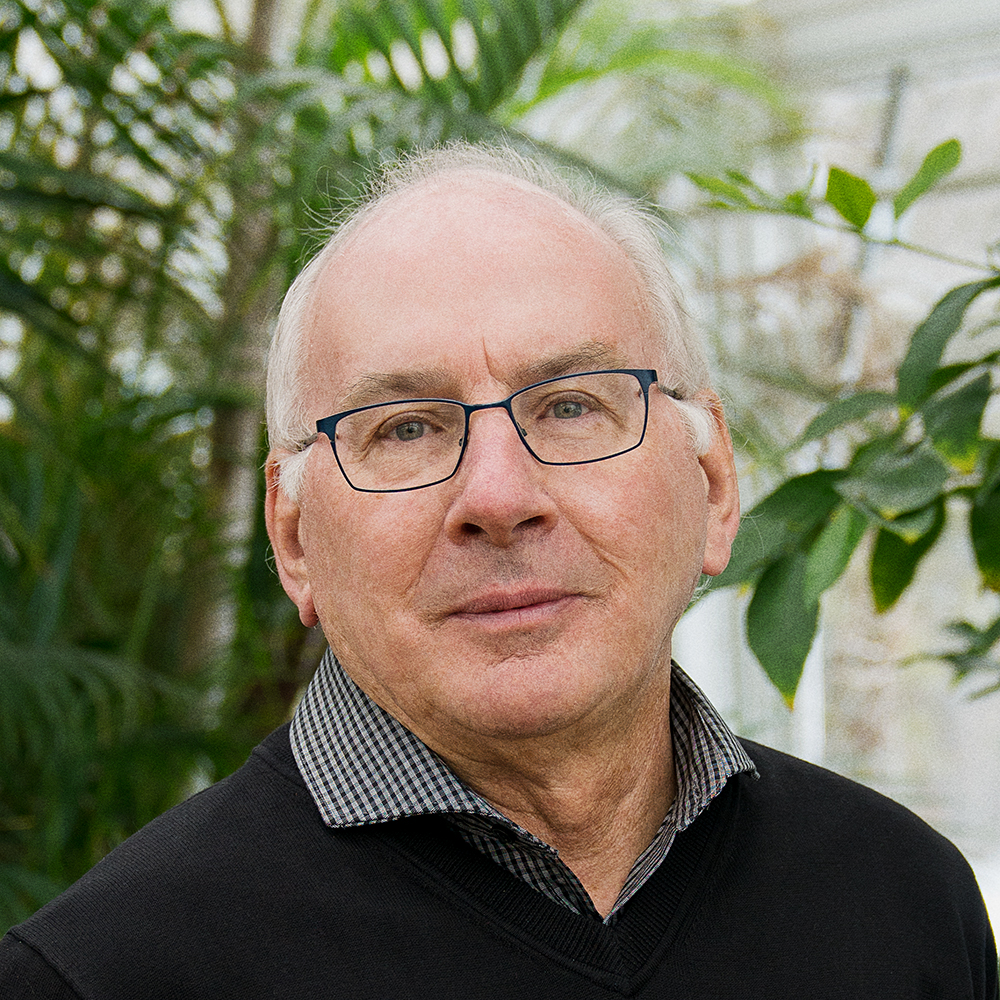
University of Guelph │ Guelph, Ontario, Canada
For his bold vision to catalog every living organism using a small piece of DNA—a DNA barcode—which allows scientists to rapidly discover new species and assess biodiversity, and which provides everyone with a means to explore biodiversity for themselves.
Right now, so far as we know, Earth is the only place in the universe that harbors life. Yet perhaps even more amazing is that so much of this life remains unknown and undiscovered. Scientists estimate that as many as 50 million distinct species of multicellular creatures exist on our planet, yet we’ve only identified about two million of them. How can we possibly protect and preserve global biodiversity if we’re not able to identify it? That’s the big question that has driven biologist Paul Hebert throughout his career.
The time-honored discipline of identifying and classifying living things is called taxonomy. For most of its 275-year history, taxonomists have relied on differences in size, shape, or color to distinguish one species from another. But life is capable of almost infinite subtle variations, even among members of a species. What’s more, the appearance of individual organisms often changes drastically over various life stages. Some insects and plants exhibit such profound variation that distinguishing them is possible only by specialists who dedicate their entire careers to the study of a few species. Even then, errors of identification and classification are uncomfortably frequent.
This is the situation that Hebert sought to remedy using DNA. While grocery shopping, he reflected on the familiar UPC barcodes that instantly identify everything from a gallon of milk to a can of soup or a watermelon and realized that a similar approach could be used to identify all living things—a barcode of life. Hebert set out to select a short, unique DNA sequence that could be used to identify species. Looking for a gene that was present across the entire animal kingdom while still containing enough sequence differences to discriminate individual species, Hebert settled on a segment of a gene essential for respiration.
Building on a childhood fascination with insects, Hebert has concentrated on the study of biodiversity throughout his career. While an undergraduate student at Queen’s University in Canada, he learned to discriminate the 1,000 species of butterflies and moths found in this area. After earning his doctorate in genetics at Cambridge University in England, he did postdoctoral work at the University of Sydney, Australia. While there, he launched a study examining the distributional patterns of insects on mountains in Papua New Guinea, but their dizzying diversity led him to abandon big biodiversity studies for 25 years, refocusing instead on the processes that generate biodiversity.
Hebert was the first to propose the use of DNA barcoding for studying biodiversity, and has now spent 21 years harnessing computational and DNA sequencing advances to propel the assembly of a reference barcode library for all species, one allowing researchers to recognize known species and discover new ones. He and his lab also established BOLD (Barcode of Life Data system), an online resource freely accessible to anyone—researcher or interested public. Because DNA barcoding is inexpensive and simple, it can be used by nonspecialists, even high school students. Currently, BOLD contains barcodes from nearly 20 million specimens representing more than a million species, and 10,000 records are added weekly. The project receives specimens from all over the planet, photographs them, sequences their DNA, determines their taxonomy, and makes this information available to all.
DNA barcoding has gained broad application. It is being used to detect and monitor the spread of invasive species, to track the shifting distributions of species, as well as for wildlife protection, conservation, environmental impact studies, the deterrence of food fraud and mislabeling, and quality assurance of food products, among many other purposes. And as Hebert originally hoped, the technology has transformed our capacity to monitor and study biodiversity.
Though elegant and ingenious, Hebert’s DNA barcoding plans met with considerable early resistance from both taxonomists and molecular biologists, who considered the approach either too limited in applicability or prone to error. Hebert countered these objections by demonstrating how DNA barcoding could enhance traditional approaches. One early, striking example focused on a neotropical butterfly. Viewed as a single species by taxonomists since its discovery in 1775, DNA barcoding revealed that it was actually 10 species.
Hebert’s work has been recognized with various honors, including the 2018 Dr. A.H. Heineken Prize for Environmental Sciences and the 2020 MIDORI Prize in Biodiversity. He is a fellow of the Royal Society of Canada and was further distinguished by his home country in 2015 with his appointment as an Officer of the Order of Canada.
As a scientist, educator, administrator, and founder of the Centre for Biodiversity Genomics at the University of Guelph, Paul Hebert has transformed our understanding, applications, and approaches to the conservation of global biodiversity. By coupling the DNA barcoding strategy with the BOLD library, he has merged his expertise in biodiversity and genetics to create an invaluable resource for humanity as we chart a path to live in harmony with nature.

